They did it again! Andrea and Trevor Dow with TeachPianoToday.com created another AWESOME resource that has me super excited! If you haven’t heard of it yet, PSSST… Your Piano Teacher Thinks This Is THEORY is their latest and greatest resource teachers can use with their students. BUT this is not your ordinary theory book, oh no! This is what I would call a theory activity book. PSSST… Your Piano Teacher Thinks This Is THEORY gets students using their imagination playing games, hands on activities, creating during the lesson, in the car and at home. Creativity is what it is all about!
Watch: PSSST… Your Piano Teacher Thinks This is THEORY promo video
PSSST… Your Piano Teacher Thinks This Is THEORY is chock full of 88 activities divided into 9 chapters. I will go through some samples in those chapters in a bit. The activities are geared for students 6-11 years old, but I found that there are some activities I think even some of my teenagers would enjoy. They are not in any particular order or level. You customize their activity with what they are learning at the lesson. It is a perfect resource for those teaching moments that call for something special!
I wanted to share a sample page from each section so you can get an idea of what fun you can have with your students when you purchase this book (because I know you will want to!)
–DYNAMICS
“Piano Action Star” allows the students to set the tone in their music and create something unique using the dynamics where they think they should go. This can lead up to many creative opportunities!
–ARTICULATION
Here is my student doing “Be Nosey”. Teacher calls out different articulations, the student plays a note matching that articulation mark. Boys in particular like this activity!
–ITALIAN TERMS
“Dinner with Fortissimo and Giocoso” is not only teaching the student what different italian terms mean, but the entire family! I like to suggest when students do this activity at home, that they help their mom make an Italian dinner.
–HALF STEPS AND WHOLE STEPS
“Whole Step, Half Step Tic Tac Toe” puts a new spin on the game!
–ACCIDENTALS
“Rock, Paper, Scissors… Sharp, Flat, Natural” is a spin off of… you guessed it! Rock, Paper, Scissors ACCIDENTAL style!
–INTERVALS
How about shark action turning major 2nds to minor 2nds with “JAWS!”
–CHORDS
I love sounds stories. They open the possibilities for creativity within our students. “Once Upon a Time” uses a sound story to create major and minor sounds with chords.
–VALUES AND RESTS
“Morse Code Mission” is a fun worksheet style activity decoding a secret message from note values and rests.
–TIME SIGNATURES
“Time Signature Treasure Chest” is a fun activity for figuring out the time signatures. An adaption to make it a little harder is to have the teacher play a piece without the student seeing the score and they figure out the signature.
These were just a small sample of some of the activities you can find in PSSST… Your Piano Teacher Thinks This Is THEORY. This book lends itself to be very adaptable and expandable. You can use these activities during private lessons, group lessons, camps, workshops, pretty much wherever and however you want to.
PSSST… Your Piano Teacher Thinks This Is THEORY is available to purchase here for $39.99. The best part?! It is reproducible! When you purchase this book, it allows you to print the whole book or just a page at a time as needed as many times with as many of your students as you want. How can you lose?
Now for the FUN part! Andrea Dow has graciously offered two lucky readers of this blog to win a copy of PSSST… Your Piano Teacher Thinks This Is THEORY! Be sure to like TeachPianoToday on Facebook!
To enter, leave a comment below describing a fun theory idea or two that you like to do in your studio with your students. Deadline to enter is by Thursday, August 29th at 10:00pm (mountain time).
(*Winner MUST respond within 72 hours of announcement or another winner will be chosen*) The winner will be announced on this blog and on the Facebook page by Friday, August 30th. Be sure you subscribe to the blog and on our Facebook page so you don’t miss out seeing if you are a winner!
Disclaimer: I received this book in exchange for my honest review. I was not required to write a positive review nor was I compensated in any other way. All opinions I have expressed are my own.
Be sure to ‘Like’ Music Educator Resources on Facebook and follow Music Educator Resources on TpT to stay up to date on giveaways, discounts, reviews and other music resources! And don’t forget to join the exclusive email newsletter!
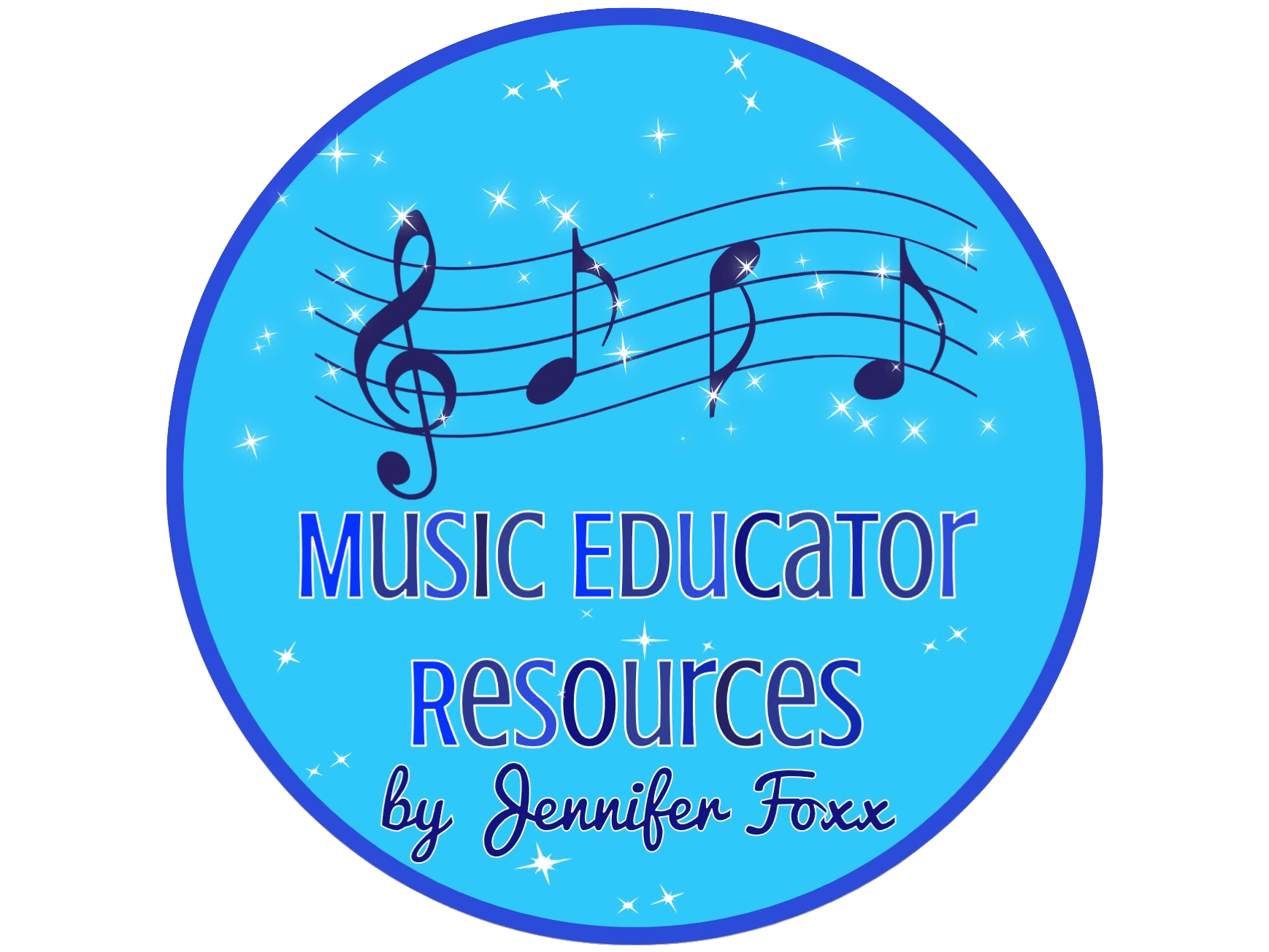
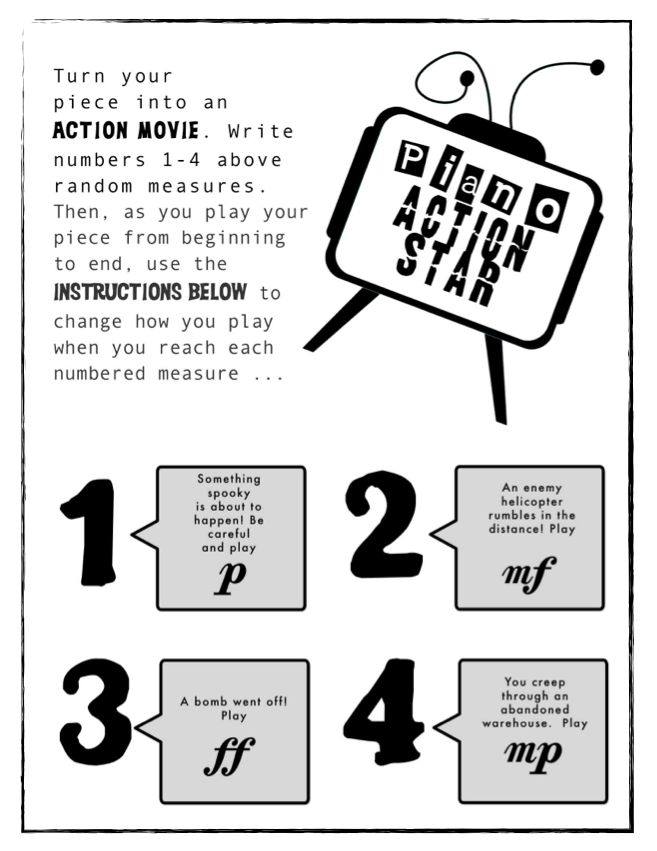

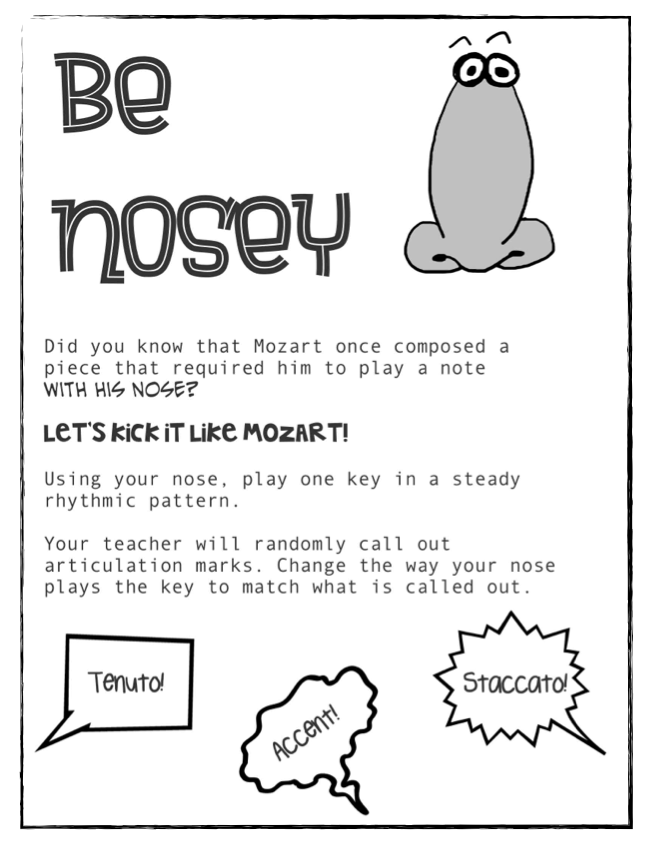
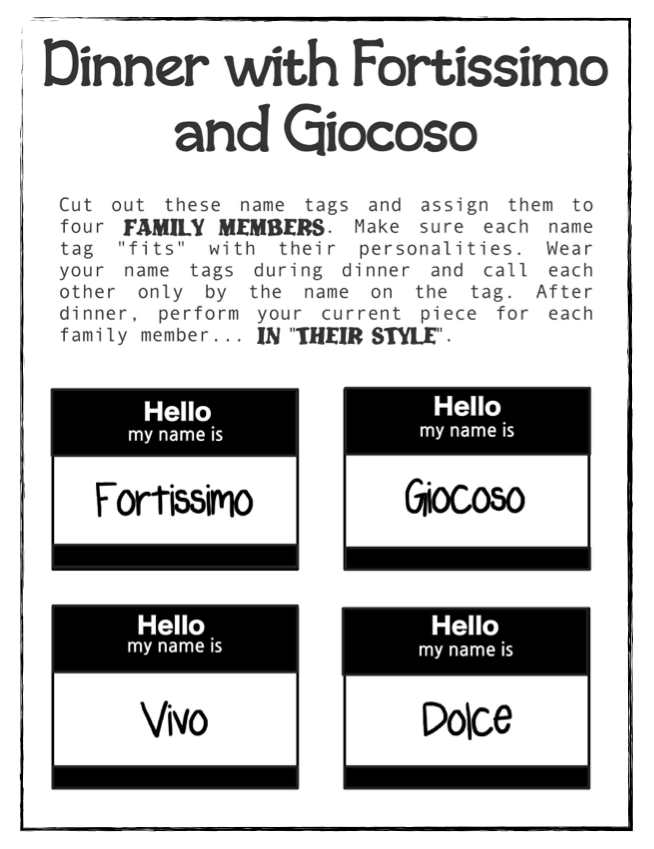
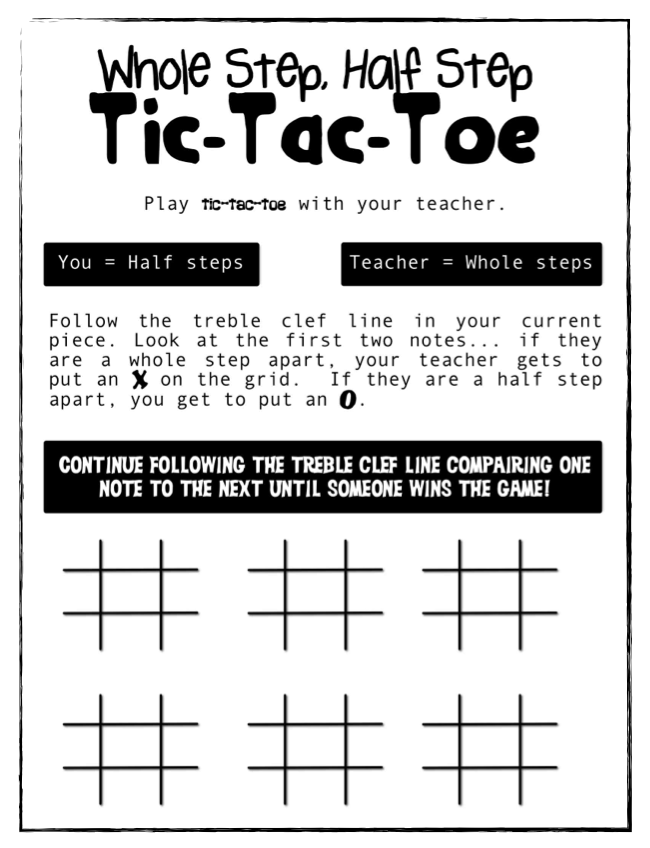
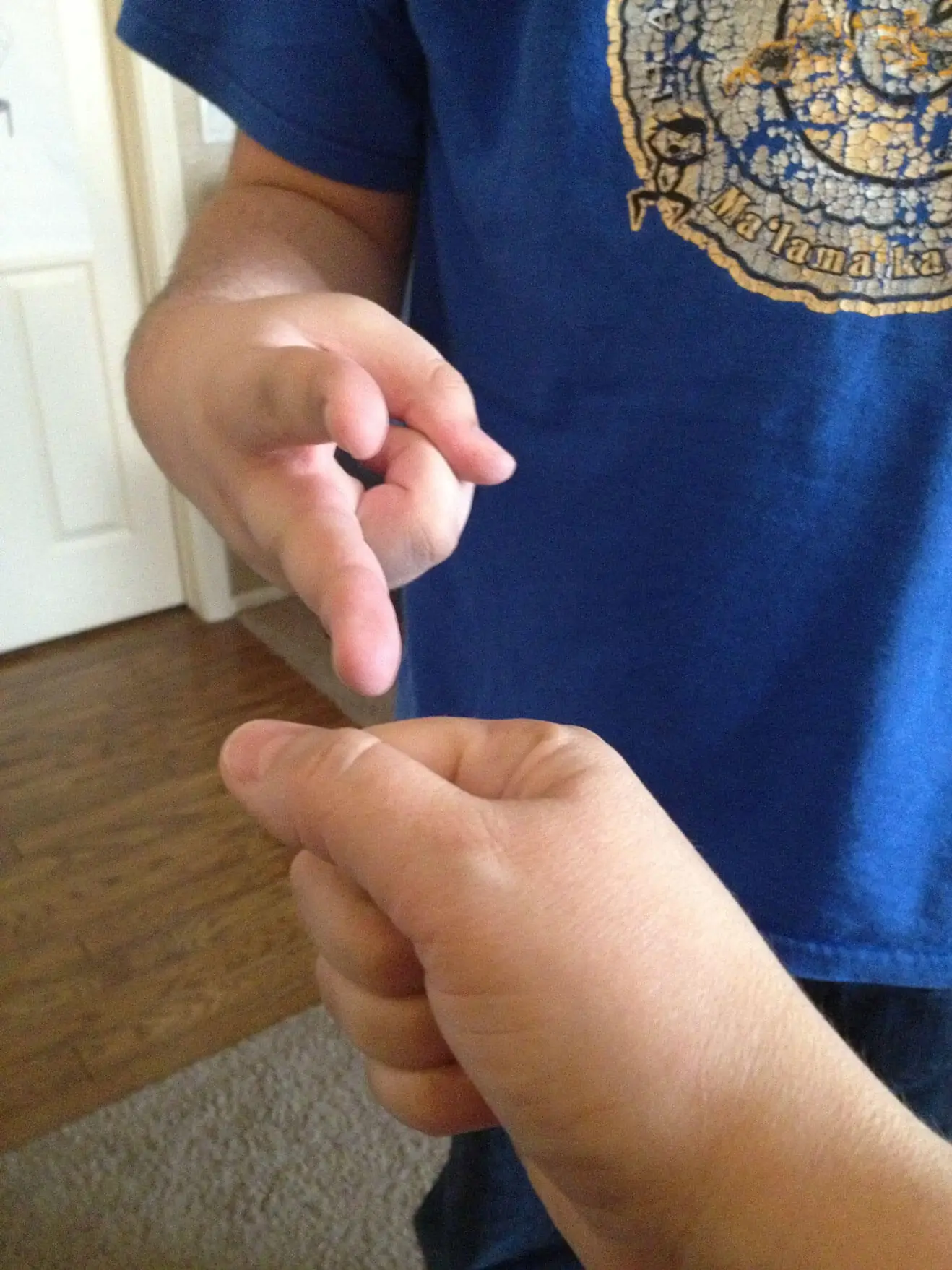

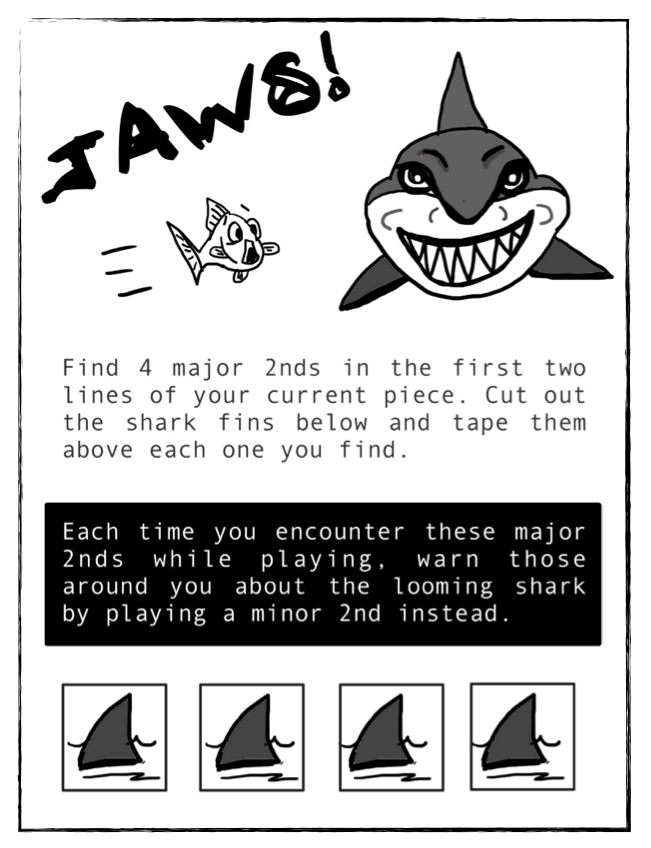
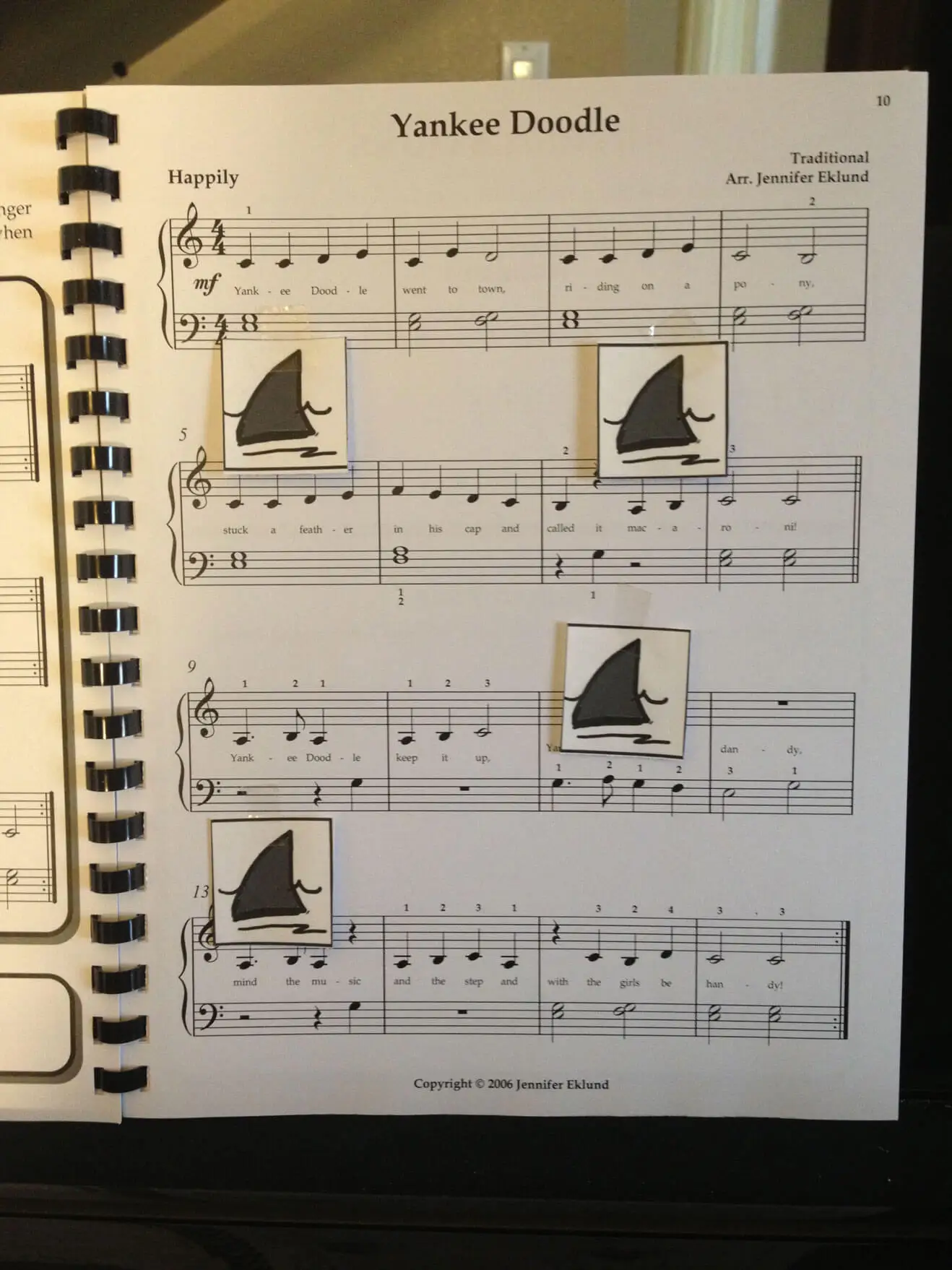
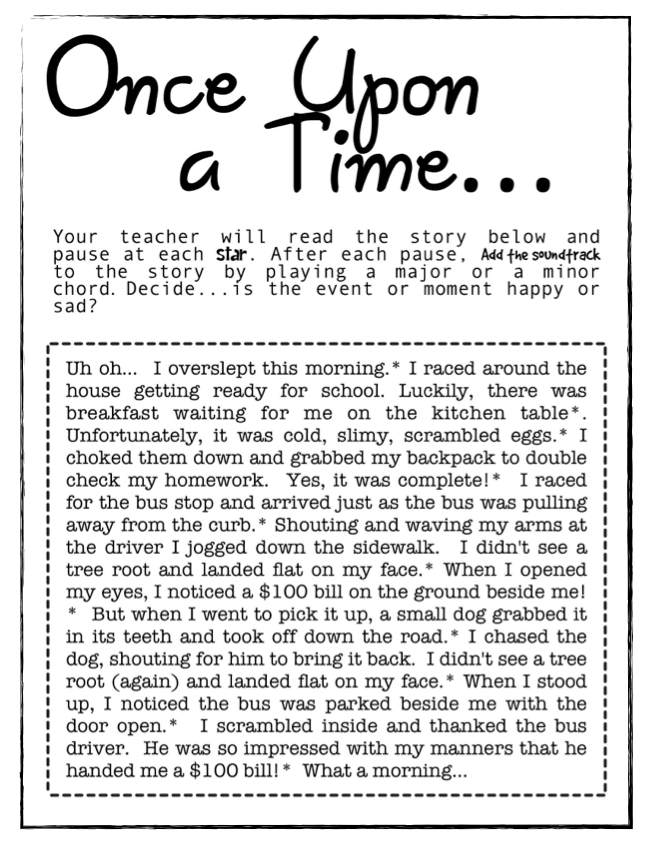
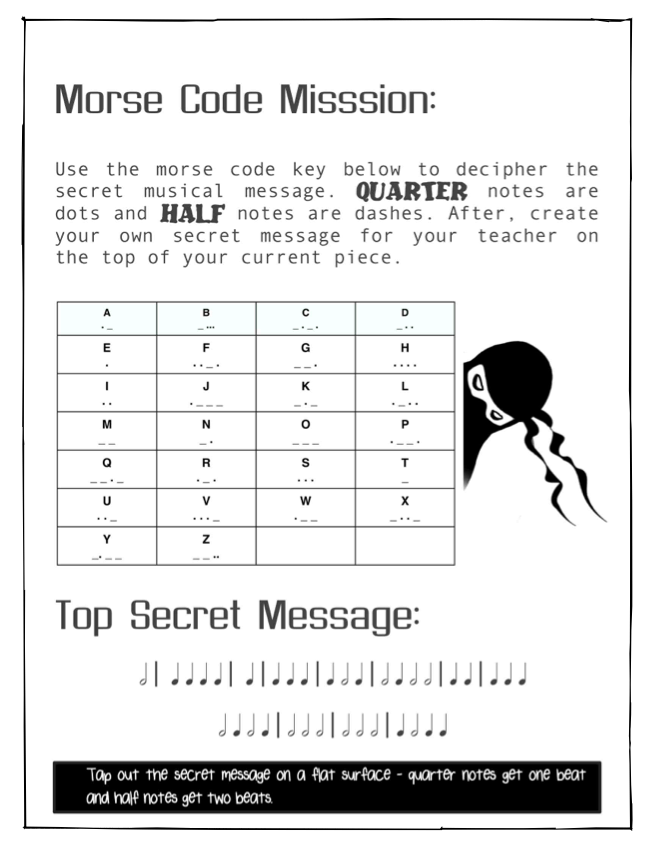
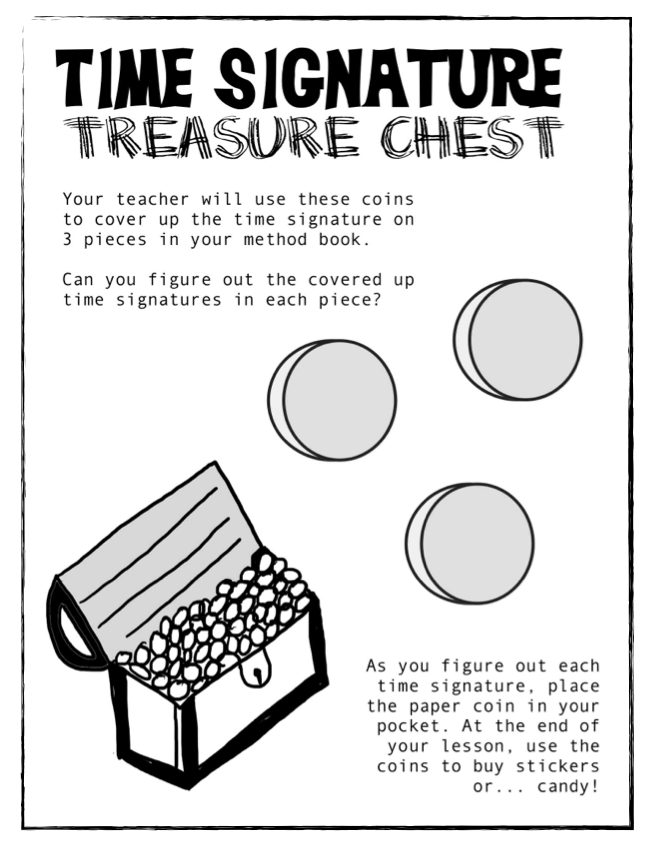
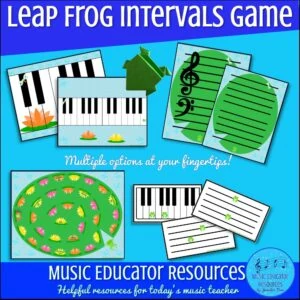
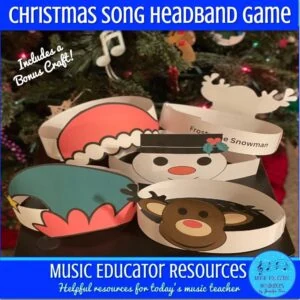
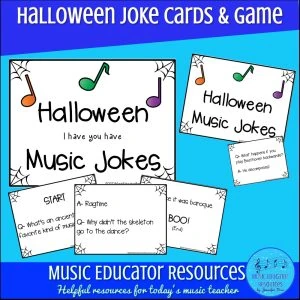
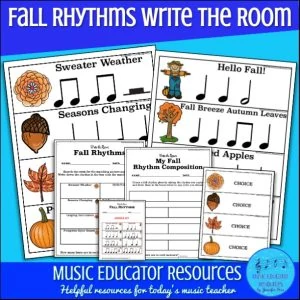
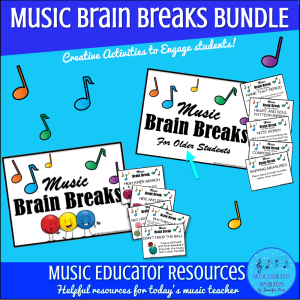
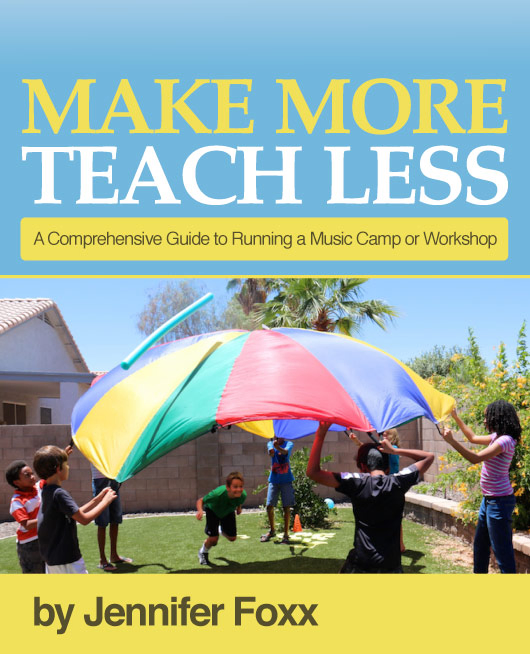
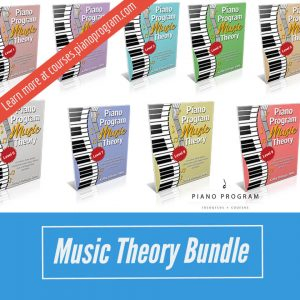
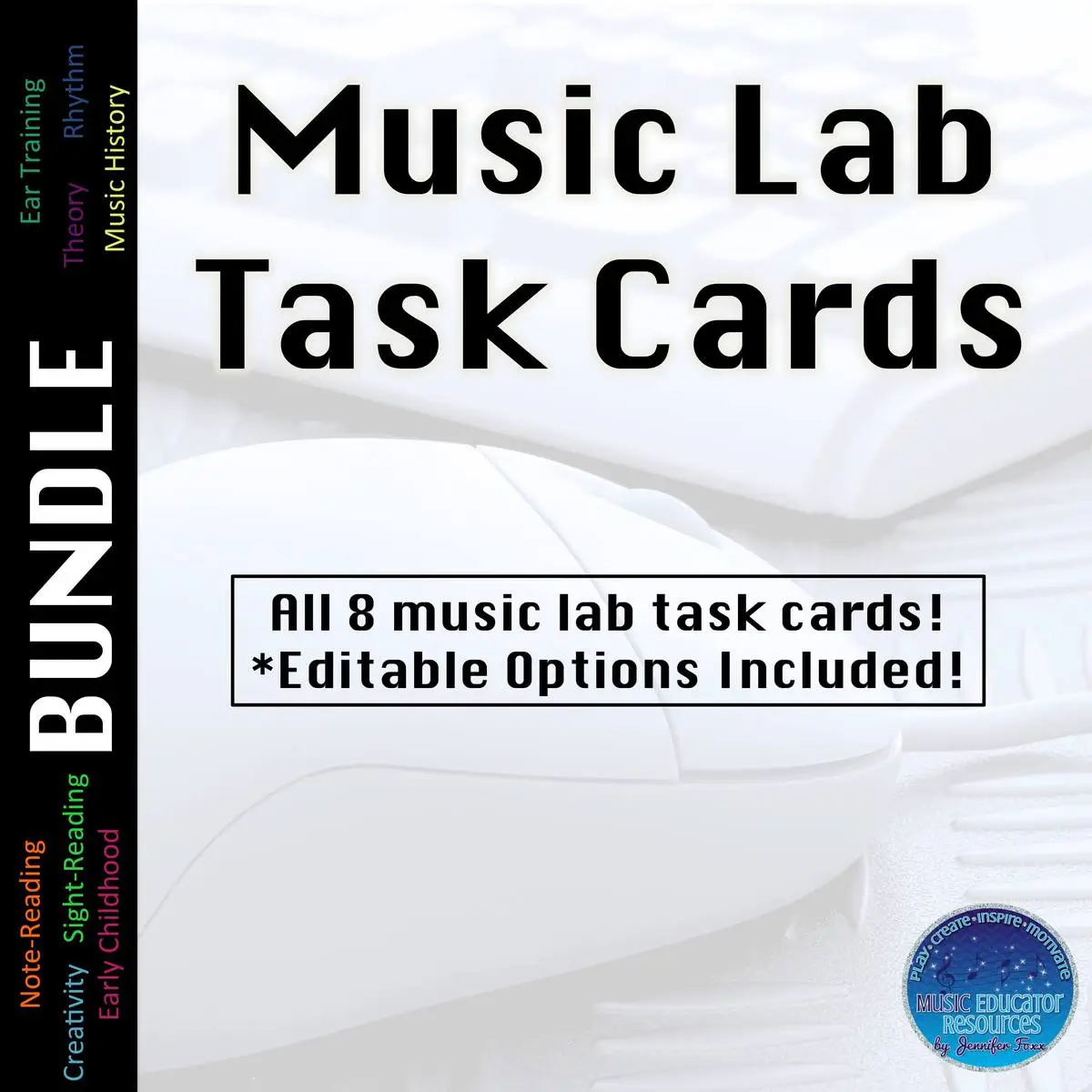
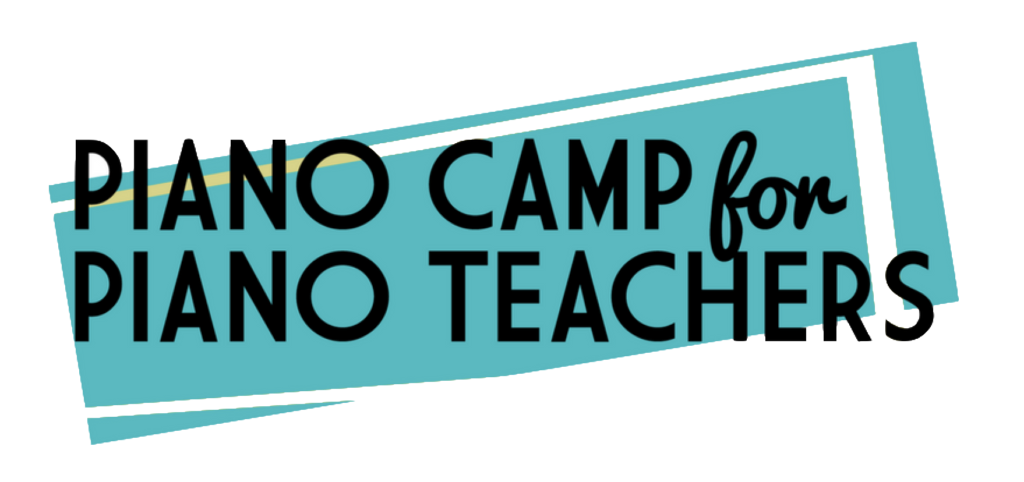
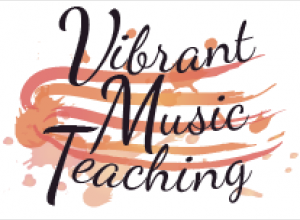

This looks like a lot of fun! I can’t wait to try it out with my students this Fall. I hope I win one of those 2 free books!
This book sounds great! One fun theory activity I started last year was to have a theory question of the week posted on my whiteboard (three different levels of difficulty). The students were assigned to a level based on their ability and then earned points towards the studio wide incentive for correct answers.
No need to enter me into the drawing- I pre- ordered this as soon as it became available!! I can’t believe how many great ideas are in it- and I haven’t even finished going through it!
I am convinced that my studio is FRESH and VIBRANT because of Andrea and Trevor’s products. These resources are so unpredictable and fun that my students just smile when I bring out the folder of their products (I have Fearless Fortissimo and Curious Case of Muzzart and Ratmaninoff). I love to use the whiteboard to describe theory concepts. A favorite is dynamics. Each progressive dynamic is a “double” of the one before. For example, “pp” is a 1, then “p” is a 2, “mp” is a 4, “mf” is an 8, “f” is 16 and “ff” is 32. I draw it out on the whiteboard, they fill in the numbers. Then we put the number values on their music so they can see the movement of the dynamics. Jeez, though, looking at these sample sheets, alot more fun could be had using this book! Don’t you just love this job!!??
I have really been enjoying the puzzle erasers for showing scale fingerings, and I would love to win a copy of this book!
I would love to win a copy of this book! One of my student’s favorite theory activities is to use a TALKING fly swatter to hit the correct flashcard. It says all kinds of creative things, but the favorite is “Die, sucker!” 🙂
This looks like such a great resource! I have been utilizing the lines and spaces dice from The Practice Shoppe with my students this summer to make notenaming practice more fun.
I help illustrate dynamics with paint chips. Fortunately my local hardware store has the perfect selection with six shades per paint chip! I just use a Sharpie to write in the dynamics markings. I’d love to have more fun ways of making theory “stick”!
My 2 favourite theory activities are: playing leap-frog with letters taped to their backs to learn about triad inversions; & using Mega-blocks bricks (really big Lego) with a single letter name written on them to identify intervals (“how many blocks to build up from C to A?”)
I LOVE Andrea Dow & the creative things she comes up with.
I have the ” Shhhhh. … Your piano teacher thinks this is practice”
Would love to add this one!
I use colorful pencil erasers to help younger students learn about half steps NF whole steps. They love choosing the different colored erasers to place on the keyboard and moving the erasers from one key to another. The erases also work well to demonstrate a Major scale pattern. The students love working with just simple colorful pencil erasers….. And they are cheap!!
I have used a lot of different theory ideas that I find on this website but one in particular stands out — Hot Cars with notes painted on it and a highway (laminated) with notes to match the Hot Cars — half note, whole note, dotted half. . . .
One of my student’s favorite games is guide note slapjack. We use a deck of 36 staff cards from Low C to High C. Each student has a fly swatter with a flower on it (purchased at the dollar store and used only for games, not flies!). I turn the cards over one at a time. If it’s a guide note they slap the note, name it, and play it on the piano. If they are successful they get that card and all the ones under it. If they aren’t successful the game continues, If they slap a note that is not a guide note they lose all their cards. I’d love to discover more fun games in this book!
I love Andrea & Trevor’s resources! Would love to win one of these books!!
When there’s no snow on the ground, I like to draw theory symbols with sidewalk chalk on the sidewalk leading up to my studio. My students have to tell me the definition of the symbols as they come in the door. (I’ve also been known to write out a short music-related joke for them as they come up the walk). Or I draw a staff and they have to fill in the missing notes, or tell me what word I spelled using only notes on the staff. Etc, etc.
I’d love to introduce my students to Trevor & Andrea’s new resource! Thanks for the giveaway!
I love this book! I just bought it this week actually 🙂
Enter me, please!
Would love to win a copy of it! One activity that my students love for discussing scale degrees and chord names (I, IV, V, etc.), as well as intervals, is using a whiteboard marker ON THE KEYS of my keyboard. I let them write numbers on the white keys of a C major scale, and POOF! Perfect interactive visual! (Disclaimer: I don’t think I’d try this on a nice piano! My keyboard has plastic keys which clean quite easily for residue.)
This book would be perfect for my students. We play theory games together often. One of the most popular games is using boomwhackers using teams. I stand in the middle holding up the staff note ( or keyboard note) . They run up to me, call out the note and run behind me to the boomwhackers arranged alphabetically , grab the correct one and play it. All age groups love this one. !
Love how the internet broadens our ability to share ideas! Thank you all for sharing.
My ‘ideas’ are copy cats from all of you! We like to use beads or buttons to spell words on the piano keys.
Would love to win. Looks like a lot of fun.
Please enter me to win a copy of the “PSSST… Your Piano Teacher Thinks This Is THEORY”. One of the things I like to do in my class with the little ones is to lay out cards on the piano bench that has a note on the staff. I call out, ” bass clef F” and they hit the card with a fly swatter as fast as they can find it. Then, “treble clef G”, etc. I have different fly swatters for the students to choose from. They really enjoy it. I hop to gain far more fun activities with the “PSSST… Your Piano Teacher Thinks This Is THEORY” book. Please choose me!!!
I love theory games and am always looking for new ones to help us learn concepts or review things we have learned. One game that has been a big hit is having them make up their own rhythms. I have different kind of note values cards they will pick several and line them up how ever they want to then we clap, jump, or stomp the rhythm while counting out loud. Another favorite is a fly swatter game. I lay out different cards (whatever I want to review) face up. I will call out a certain card and they have to hit it. If they hit the right one they get to keep it. It is fun to play in small groups too. Then the first person to hits the right card gets to keep it. “PSSST….YOUR PIANO TEACHER THINKS THIS IS THEORY” Sounds like it has so many great and creative ideas in it.
I utilize sidewalk chalk in my studio as well – instead of using flash cards and having the kids tell me what the symbol/note is I draw them out on the sidewalk. I name a symbol and they have to find the drawing.
One thing I like to have my students do is to have them make up their own sayings to help them remember the order of sharps.
When I’m introducing sharps and flats to young students I have them stand on the first step of my staircase. When I hold up a ‘sharp’ flashcard they go up, when I hold up the ‘flat’ they go down. I love Andrea and Trevor’s resources too; they are so much fun!
I like to use plastic sheet covers with picture of treble clefts and other symbols and have my young beginners learn by tracing! New follower here!
I play the Keyboard Race (my guy students call it “football”) with my students. I use seasonal candy or cute little erasers as markers. Students flip cards with key names on them and move their markers to the key named on the card. First one to the opposite end of the piano keyboard wins. I used Andrea and Trevor’s Muttzart and Ratmaninoff composing course this summer and it was an absolute hit! Even my first graders composed songs and I love that they now have the tools to continue to do so. I also own “My Teacher Thinks This Is Practice” and incorporated lots of those ideas into my summer session. Again, a hit! Thanks for the great resources!
You wrote a terrific and thorough review of this book! I have it on my wish list and would love to win it here 🙂 One of our favorite theory activities is to make musical symbols out of pretzel dough – then we bake and eat! If you can make a G clef with dough, then you have really learned to make one!
I have my students play twister on either a large floor staff or a floor keyboard. I say a note name (ie Bass G) and which hand or foot to use. They usually like to make it hard for themselves to stay upright!
I love the Dow’s creative ideas!
We love to play a lucky dip rhythm game for revision of the time signatures, note values and rest values that we’ve been working on over the last two lessons. The student chooses randomly four rhythm cards out of a lucky dip bag and places them in whatever order they choose. Then the student chooses the percussion instrument of their choice (or simply tapping or clapping with their hands) and they then plays (sight reads) the rhythm. We also do something similar with steps, skips, and repeats on the piano – cards without clefs, but with patterns of steps, skips, repeats – they choose two cards and they can pick the starting note on the piano. Love all the ideas from everyone! Teaching is such a fabulous career and to be part of a community that shares ideas and knowledge is wonderful 🙂
My students love to play matching games with theory terms. Those who have played them are so much better at terms than those who have not played them. Would love to win a copy of this book!
This looks great! I love Susan Paradis’ Find a Note Game for group classes. I also have silent keyboards that I like to use little gems to find notes, five-finger patterns, scales, and more.
Wow! After reading this, I’m realizing I DON’T have any fun ways I teach theory. I really need this book! Okay, this isn’t theory, but my students like when I line up little erasers on the piano and knock one over each time they make a mistake. They try to keep at least one standing by the end of the piece.
This book looks amazing! Our favorite theory activity at the moment is Anne Crosby’s Funny Farm game.
Our favorite theory activity this term is to play noteworks on the ipad!!
This looks like a great resource for teaching. I like handing out cards (from a game I have – Judy Lee’s game) so students can name the notes of scales. They don’t necessarily like doing it, but they do find it helps them learn the whole and half steps, and accidentals needed for each key. I have each student do a different key so they all look at each one to check for accuracy. Probably our most fun time is simply counting rhythms – lots of possible sources for using. I like my students to be able to clap any rhythm they see, as a way of building sightreading skills.
This book looks like so much fun! I love to lay out cards with different symbols on them and have the student push down on one of those plastic frog hoppy thingies and let it hop. Whatever it lands on they have to define or if it’s a note on the piano, they must play it. I’m always on the look out for new games – I hope I win!
my students love theory Bingo. Would love to win the books.
I have several of Trevor and Andrea’s books. Love them!
Would love to win a copy of this book! My students really enjoy playing Music Jeopardy. I tried to create questions in accordance with our examinations’ syllabus (still a work in progress). We have played two different versions, during group class using a projector & Powerpoint; and in private lessons with questions geared toward individual goals. In addition to theory, other areas such as technique, sight reading & listening drills are also incorporated.
We use the flash cards a lot in my studio. Anxious to see the complete book from Andrea and Trevor.
I would love to win this book! I have a little “basketball” hoop on my door and some of my students love to shoot a basket as a reward to getting a right answer on a theory question or doing a specific assignment well.
I do Musical Codewords, where musical notes spell words which my pupils have to play after naming them.. I also use flash cards a lot and would like to incorporate more games into my teaching, so I would love a copy of this book.
I would love to try the “Whole Step, Half Step Tic Tac Toe” and Rock, Paper, Scissors Accidentals. This would definitely be so much more exciting than my little dry-erase board with ‘note magnets.’ (and bingo chips to simulate notes or intervals, etc.)
I love the printable Alphabet Trail game from pianimation.com and use it with students at all levels. I use the alphabet pattern and piano key cards that come with the game with early beginners. After that, I use staff note flashcards. With more advanced students, I use alphabet letter cards that only I can see and then ask questions like “What is the fifth note of the B flat major scale?” or “What is a minor third down from C?”
I would really like to win the book. A theory game using articulation is applying the meaning when saying an articulation term (ex. staccato is said in a detached manner).
I use lots of games but this summer, played the ‘sponge’ game. Wet sponges throw on a 6′ keyboard banner. If they hit the right note that is called out, they got a squirt of water from the water hose. In this Texas heat, it was a summer favorite.
We use a board game, divide into teams and progress by answering theory questions that I gear to their level. They love it. We also love to play Music Flash Class Hot Potato game on the iphone.
I like to play theory games with my students. But I have to be pretty clever because most of them have figured out that they aren’t just games!
One of my current student favorites is a game called “Fiddlesticks” where we review terminology. The goal is to have the most sticks at the end of the game – – by avoiding the stick with the red dot!!
I love all kinds of theory games & puzzles. Music battleship, Staff twister, a music/rythm version of UNO, & Save the Turkey for symbols. This new book looks really great!
At our group lesson, my students love to play “Music, Music Music”. I have rhythm note cards copied and laminated on a different color for each type (quarter, half note, etc.) They sit in a circle with a card in front of them while the person who is in the middle calls out one of the note names (let’s say quarter notes). Everyone with a quarter notes jump up and tries to sit in the spot of another quarter note before the person in the middle or another quarter note sits there. Or, the person who is it can call “Music, Music, Music” and everyone has to get up and find a new spot. Rules: You can’t sit in the place where you just came from and you have to be sitting all the way down on the floor on your little behind. Note: The note cards stay on the floor for the entire game. Just the person moves. (This game is very similar to “Fruit Basket”)
Not sure if my entry is too late since it’s already the 30th here in Australia but I’ll give it a crack! I like to have different answers to theory questions set up around the room – on shelves, curtain rails, chairs etc – and have the student shoot at the correct answer to my question with a nerf gun. The “bullets” are made of foam so it’s safe for indoors and so much fun!
With a bunch of new and transfer students, I’m currently using any game or drill for note naming. The latest fun one is placing clear glass beads on the keyboard matching the word flame arcs they are shown. I use cards from the Wacky Wanda game. (TCW)
Creativity on steroids! This looks like hilarious fun!
I can’t wait to read all of the comments above, so many great theory ideas! I teach percussion and piano lessons so I have a wonderful benefit of many percussion instruments accessible for us to mix up our practice and theory work. We use stuffed animals on the large marimba/or something smaller on the piano to have races up the keyboard with interval practice and pitch location skill. We also enjoy spelling words for pitch finding. Would love the new resource, thanks for entering me in the drawing!